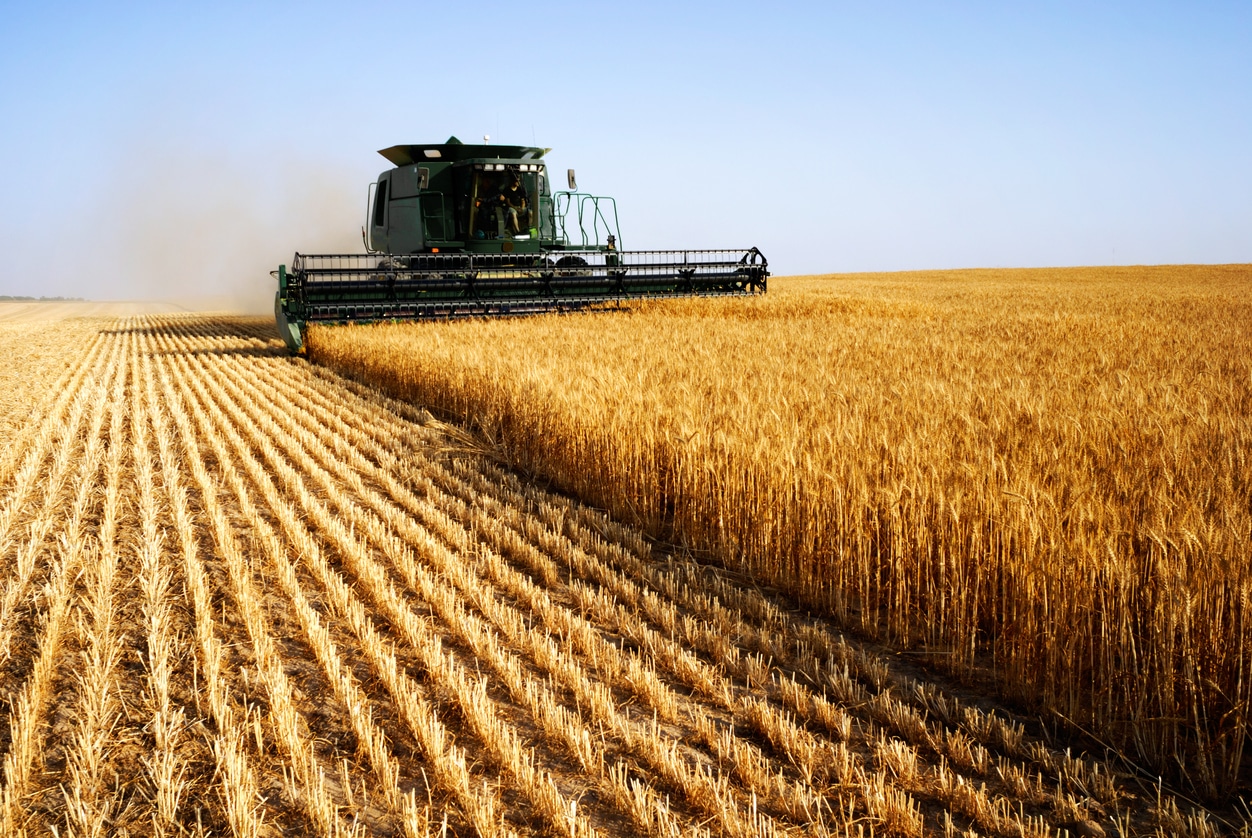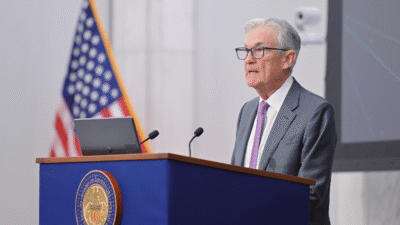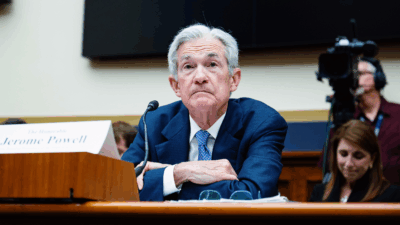
Sign up for smart news, insights, and analysis on the biggest financial stories of the day.
When Russia, the world’s largest exporter of wheat, attacked Ukraine, the world’s fifth-largest exporter of wheat earlier this year, the world’s global food supply chain had a backup plan in place. That plan just fell through.
Over the weekend, India, the world’s second-largest producer of wheat, behind China, announced it was banning wheat exports. Already there is fear of growing hunger worldwide. Now, expect even higher food prices.
Separate the Wheat from the Inflation Graph
When exports from the Black Sea region plummeted after Russia invaded Ukraine in February, India’s government helped calm markets by promising to ship a record 10 million tons of wheat this year. India also has 10% of the world’s grain reserves, according to the US Department of Agriculture, and that surplus was seen as key to making up for global supply shortages.
And yet, starting in mid-March, a brutal heat wave ruined a large share of this year’s crop, putting in doubt India’s ability to produce the 111 million tons of wheat the government forecasted for 2022. Some wheat dealers now expect 100 million tons or less, forcing the country to shift its focus inward:
- India subsidizes farmers by setting minimum prices for some crops. Yet with wheat prices at record highs, up to 25,000 rupees or $323 per metric ton, farmers hardly need a price floor of 20,150 rupees. Banning exports is the government’s way of trying to cool local prices.
- That could put pressure on some countries’ already high food costs. Last month — not yet factoring in India’s export ban — The World Bank forecasted wheat prices would rise to a record $450 per metric ton for 2022, a 42% increase over last year. India said its decision was based on soaring international prices, which put its own food security at risk: in April, food inflation rose by 8.3% in India.
“We should keep a surplus, given the climatic aberrations and food security concerns,” Devinder Sharma, an agricultural policy expert, told The Washington Post. “We have such a big population to take care of.”
What About Us? Several low-income countries, notably in Africa, depend on India’s wheat to prevent hunger. On Sunday, New Delhi moved to ease concerns by clarifying that exports to countries of “genuine needs” — as well as exports for which letters of credit are already issued — will go out.
Trading Places: Trade protectionism was already inflaming food prices. Last month, Indonesia banned the export of palm oil, the most traded vegetable oil in the world. Together with Russian and Ukrainian sunflower oil, that means over 40% of the world’s vegetable oil market has a barrier around it.











